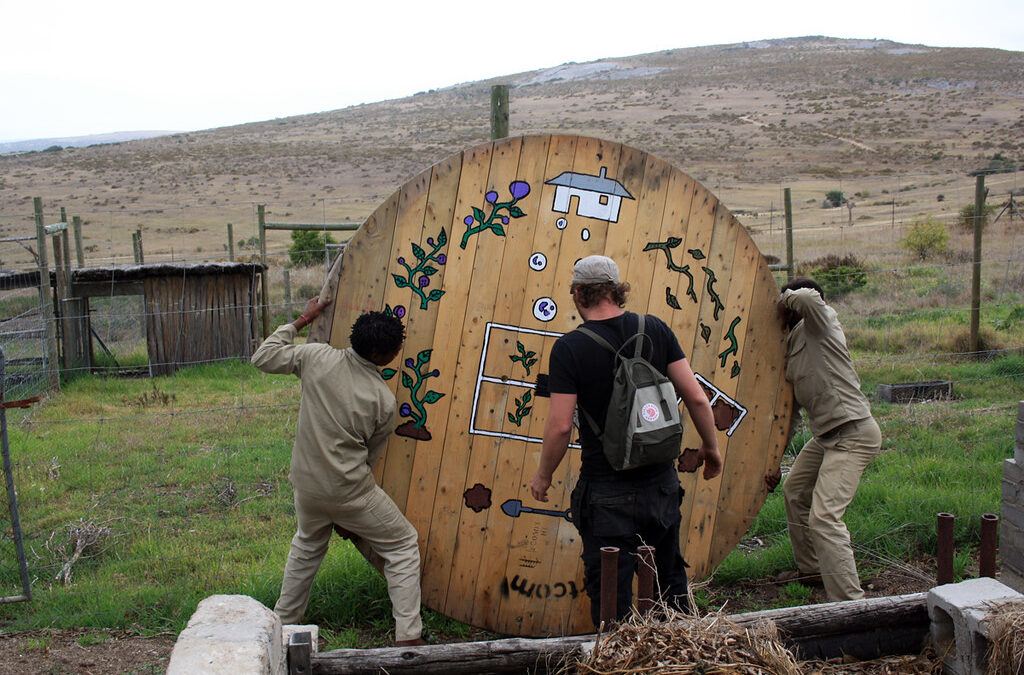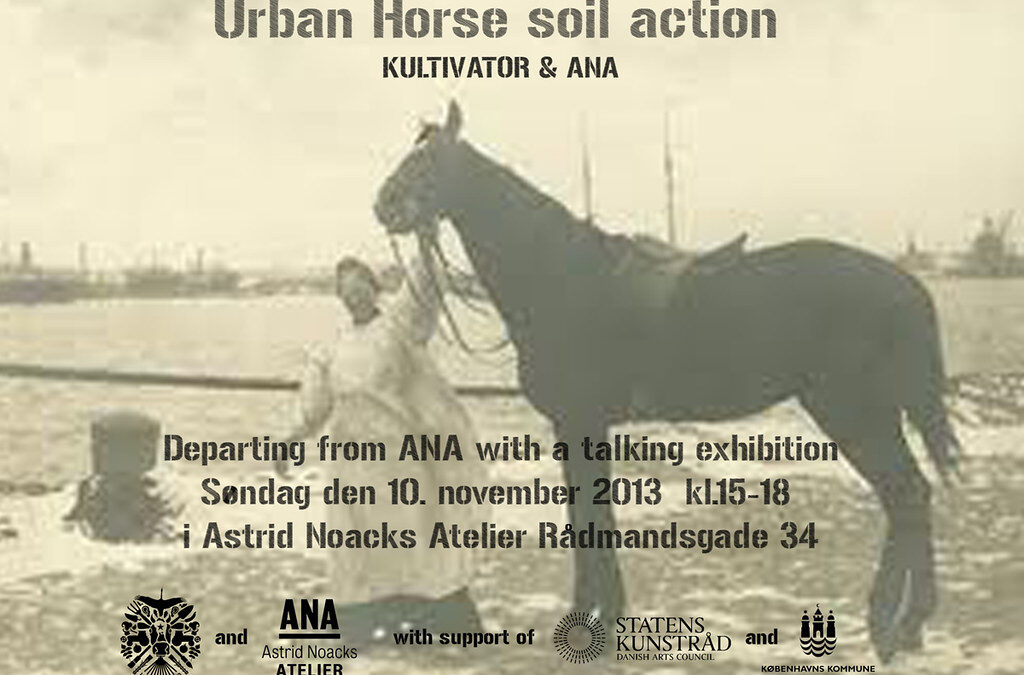
Chicken coop intervention at !Khwa ttu
Chicken coop intervention at !Khwa ttu
Kultivator works one day at
!Khwa ttu, the San Education and Culture Centre, 70 km north-west of Cape Town

Kultivator works one day at
!Khwa ttu, the San Education and Culture Centre, 70 km north-west of Cape Town

Context in flux symposium 2 Visby
The Swedish Exhibition Agency, Baltic Art Center, Nida Art Colony and Art Lab Gnesta
collaborate to produce the second symposium for invited participants.
Galleri Syster, Kultivator, GKU, Livia Pancu.
The aim is to develop tools that can assist cultural institutions
who work in many and overlapping contexts.

Kultivator at a residence at
Astrid Noacks atelier:
http://astrid-noack.dk/english.
In April 2014, Kultivator wants to build a warm-compost adjacent to the ANA in Copenhagen. The compost will be designed as a possible meeting place for people in the immediate vicinity of the backyard, but also to be a destination for a class of school children from the area who want to leave some organic waste to it, and study how a circuit works.
Symbolically, the compost becomes an image of seemingly useless scrap from many households together is broken down and converted into fine soil that gives rise to new life. To introduce the compost and create awareness around it, Kultivator is planned a 1-2 day campaign that collects the first green waste for the compost with the help of a Police horse. The origin of the idea comes from the old-time collection of waste by horse and buggy, especially in Holland, where the collector with his horse was a popular social institution wandering from door to door, collecting potato peeling and other green waste, mainly for animal feed.
In a song by Dutch singer Jaap Put is described how the children rush to the door with a lump of sugar on hand at the sound of the horse-hoofs clattering onto the street. Today the clatter of hoofs on streets, especially in areas like Nørrebro, is more likely to mean that the police took their horses out. The associations connected with the sound are quite different from the ones of the song.


Yak Yak is a curatorial project that features newly commissioned and existing works by artists whose practices address rural contexts as particular sites for art making and cultural production. Artists and art/farming/architecture assemblages and collectives from four continents present works that engage with their own localities and with other localities, emphasizing the importance of trans-local dialogue around the future of rural places.
Yak Yak is conceived within the framework of ACRE (Australia’s Creative Rural Economy), a network and project based in the Victoria/NSW region. The ACRE Project generates art interventions and dialogues in rural situations, opening a space to think differently about what can happen on farms in the present and the future.
Yak Yak takes place in the Swan Hill Regional Art Gallery, Victoria. It is co-curated by Ian Tully and Fiona Woods, working closely with invited contributors.